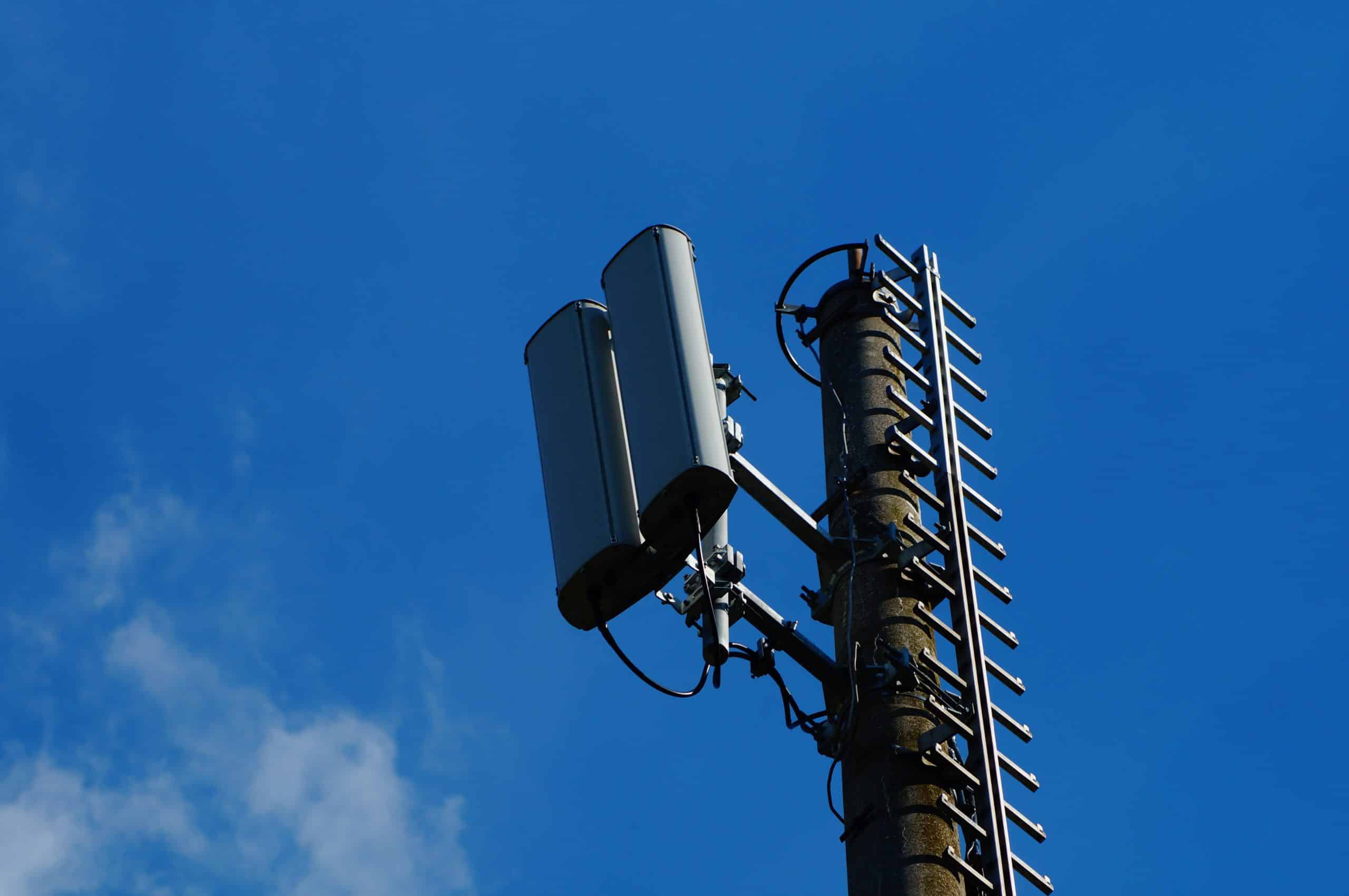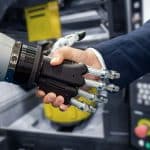As city dwellers, we often imagine our cities as dynamic organisms, ceaselessly evolving, pulsing with life and activity. Now, imagine if we could replicate these cities in a virtual world, with digital twins that mimic every building, street, and infrastructure. Digital twin technology is bringing this seemingly science-fiction concept into reality. This article explores how digital twin technology is used in urban planning, and the potential it holds for designing smart, data-driven cities of the future.
The Concept of Digital Twin Technology
The term ‘digital twin’ might conjure images of a virtual doppelgänger, but in the context of technology and urban planning, it’s a bit more complex. A digital twin is essentially an intricate, high-fidelity virtual model that replicates a physical entity. Built using real-time data, it can simulate the behaviour and performance of its physical counterpart, enabling better planning, analysis, and decision-making.
A voir aussi : Analysis of the strengths and weaknesses of My Image GPT: features, limitations and potential for improvement
Digital twin technology brings together several advanced technologies like Internet of Things (IoT), artificial intelligence (AI), and cloud computing. It offers a comprehensive, dynamic look at our physical spaces, capturing the smallest details and changes that occur over time. In the realm of urban planning, digital twins are created for entire cities, capturing everything from large infrastructure to individual buildings.
Making Cities Smarter with Digital Twins
As modern cities become increasingly complex, conventional urban planning methods are proving to be inadequate. This is where digital twins step in, offering a sophisticated, data-driven approach to urban development and planning.
A voir aussi : What are the implications of AI-driven personalized learning paths in education?
Digital twins of cities, or twin cities, collect data from a variety of sources such as sensors, drones, satellites, and city records. This data is then processed and visualised in 3D models, creating a ‘live’, up-to-date replica of the city. Planners can interact with this virtual model, testing various scenarios and strategies without affecting the real city.
For instance, if a new building is planned, it can first be added to the digital twin of the city. Planners can then see how this addition would affect things like traffic flow, sunlight exposure for nearby buildings, or the city’s overall aesthetic. This allows them to make informed decisions and adjustments before any physical construction begins.
Digital Twins and Infrastructure Management
Managing urban infrastructure is a monumental task, fraught with challenges. Implementing changes or repairs often disrupts daily life and can lead to unforeseen problems. Digital twin technology can help alleviate these issues by providing a safer, more efficient way to manage and maintain infrastructure.
A digital twin of an infrastructure system, such as a city’s water supply or electrical grid, provides a detailed model that can be used to monitor the system’s performance in real-time. If an issue arises, the digital twin can help identify the problem and assess potential solutions.
For example, a water leak in a city’s plumbing system could be quickly spotted and located using the digital twin. Planners could then simulate the repair process, testing different methods and tools to find the most effective solution. This could greatly reduce the time and resources needed to address the issue, minimising disruptions for the city’s residents.
The Role of Digital Twins in Urban Design and Development
The fusion of digital twin technology with urban design is revolutionising the way cities are developed. By providing a precise, real-time model of a city, digital twins enable urban designers to plan and implement projects with a level of accuracy and foresight that was previously unattainable.
With a digital twin, designers can visualise how a new district or park will meld with the existing urban landscape. They can simulate the impact of different architectural styles, building heights, and green spaces on the city’s overall appearance and atmosphere.
Additionally, digital twins can provide valuable insights into how human activities and behaviours can shape a city. By analysing data collected from the digital twin, designers can better understand how people move through and interact with their urban environment. This information can be used to create city spaces that are not only visually appealing but also functionally efficient and comfortable for the residents.
Overcoming Challenges in Implementing Digital Twin Technology
Despite its potential, the adoption of digital twin technology in urban planning is not without hurdles. One of the key challenges is the massive volume of data required to create a digital twin of a city. Collecting, storing, and processing this data is a daunting task, requiring significant resources and technical expertise.
Ensuring the accuracy and reliability of the data is another major challenge. The usefulness of a digital twin hinges on the quality of the data it’s built from. Any errors or inaccuracies in the data can compromise the effectiveness of the digital twin and lead to misguided decisions.
Moreover, there are concerns related to data privacy and security. Digital twins collect and store a vast amount of information, including potentially sensitive data about individuals and businesses. Protecting this data from breaches and misuse is a critical issue that needs to be addressed.
Despite these challenges, the benefits of digital twin technology in urban planning are undeniable. As cities continue to grow and evolve, this innovative technology will undoubtedly play a pivotal role in shaping the intelligent, sustainable urban spaces of the future.
Digital Twins in Addressing Climate Change and Sustainability
The adoption of digital twin technology can play a crucial role in addressing climate change and making cities more sustainable. Climate change is a global issue that affects cities at every scale. It presents unique challenges for urban planning, as planners must consider both the immediate and long-term impacts of their decisions on the environment.
In this regard, the digital twin serves as a powerful tool for testing and evaluating designs in terms of their sustainability. Utilising real-time data, digital twins can simulate the effects of different climate scenarios on urban areas. For example, planners can explore how rising sea levels might affect a coastal city, or how an increase in temperature could impact a city’s energy consumption.
These virtual models allow for the testing of various strategies for climate change adaptation and mitigation. Possible solutions such as green buildings, renewable energy systems, and efficient public transport systems can be tested within the digital twin before their physical implementation. This helps urban planners make informed, data-driven decisions that align with the principles of sustainable urban development.
Furthermore, by making the digital twin accessible to the public, urban planners can encourage citizen participation in the planning process. Citizens can provide valuable local knowledge and feedback, enhancing the quality of urban planning decisions and fostering a sense of ownership and community engagement in addressing climate change.
The Future of Urban Planning with Digital Twins
As we move further into the digital age, the use of digital twin technology in urban planning will undoubtedly become more prevalent. The ability to create virtual replicas of cities that react and evolve in real time provides urban planners with a tool that enables a level of foresight and precision that was previously unimaginable.
Despite the challenges associated with data collection, accuracy, and privacy, the potential benefits of digital twin technology far outweigh the drawbacks. By incorporating advanced technologies like IoT, AI, and cloud computing, digital twins offer a comprehensive, dynamic view of our cities. They capture minute details and changes that occur over time, facilitating in-depth analysis and informed decision-making.
With the aid of digital twins, the future of urban planning holds immense promise. As our cities continue to grow and evolve, digital twins will be at the forefront of designing smart, sustainable cities. They will help us understand and shape the urban environment in ways that meet the needs of both current and future generations.
Additionally, digital twins will continue to play a vital role in addressing global challenges such as climate change. By simulating different climate scenarios and testing strategies for adaptation and mitigation, digital twins can guide urban development towards a more resilient and sustainable future.
In conclusion, digital twin technology is transforming the landscape of urban planning. From designing smarter cities to managing infrastructure, and from promoting sustainable development to addressing climate change, the applications of digital twins are far-reaching. As we continue to navigate the challenges and opportunities of urbanisation, digital twin technology will undoubtedly serve as a valuable tool in creating the intelligent, sustainable urban spaces of the future.











